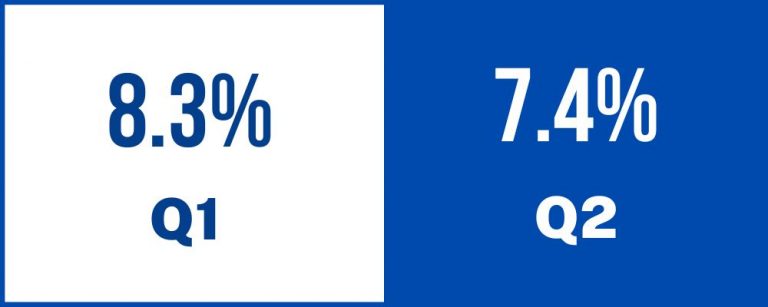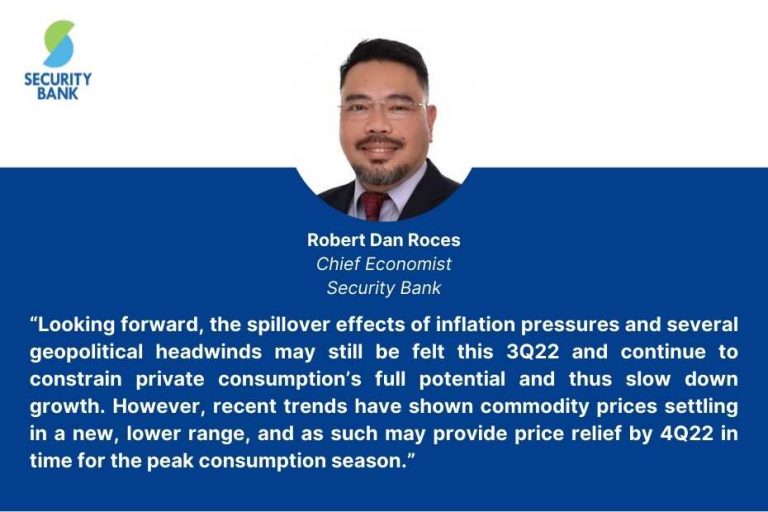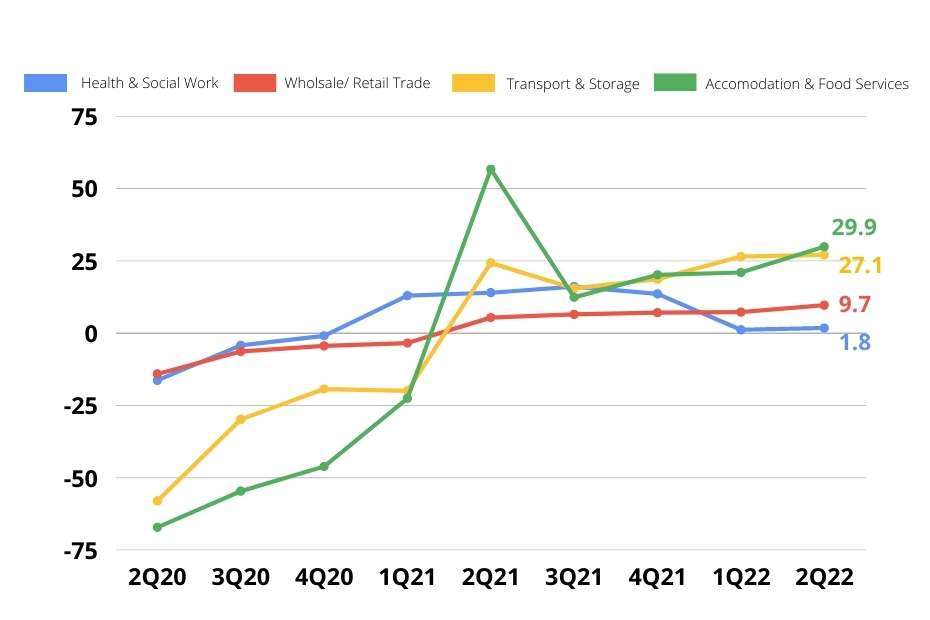PH Grows 7.4% in Q2, 7.8% in First Half

The Philippine economy grew by 7.4% in the second quarter, bringing the first half performance to 7.8% This sustains the positive growth started five quarters ago.
The top performers were the following: Accommodation and food services activities (29.9%), Transportation and Storage (27.1%), Construction (19.0%), and Other Services (39.5%) which includes arts, entertainment, and recreation according to National Statistician Usec. Dennis Mapa.
According to NEDA Secretary Arsenio Balisacan, the agriculture sector remains weak at 0.02% growth as it remains vulnerable to calamities and rising input costs. To help the agriculture sector, Balisacan said the government shall provide farmers access to new farming technology as well as financial assistance. He adds, “The government is focusing on food security and in reducing transport and energy costs.”
The Russia-Ukraine conflict and the prolonged lockdown in China continue to impact global supply chains, creating inflationary effects in the Philippine economy. The Marcos administration’s economic team must continue initiatives that ease the burden of affected industries and consumers including financial assistance to vulnerable sectors, ensuring ample supply of key commodities, and pursuing alternative sources of energy. Finally, digital transformation can boost industries as developments in big data, 3D printing, and robotics can vastly improve efficiency and productivity. Secretary Balisacan noted that one of the government’s priorities is “bridging the digital divide immediately.”
Growth in %
Insights from Key Economists




Co-presented by MBC's official Economy Partner






